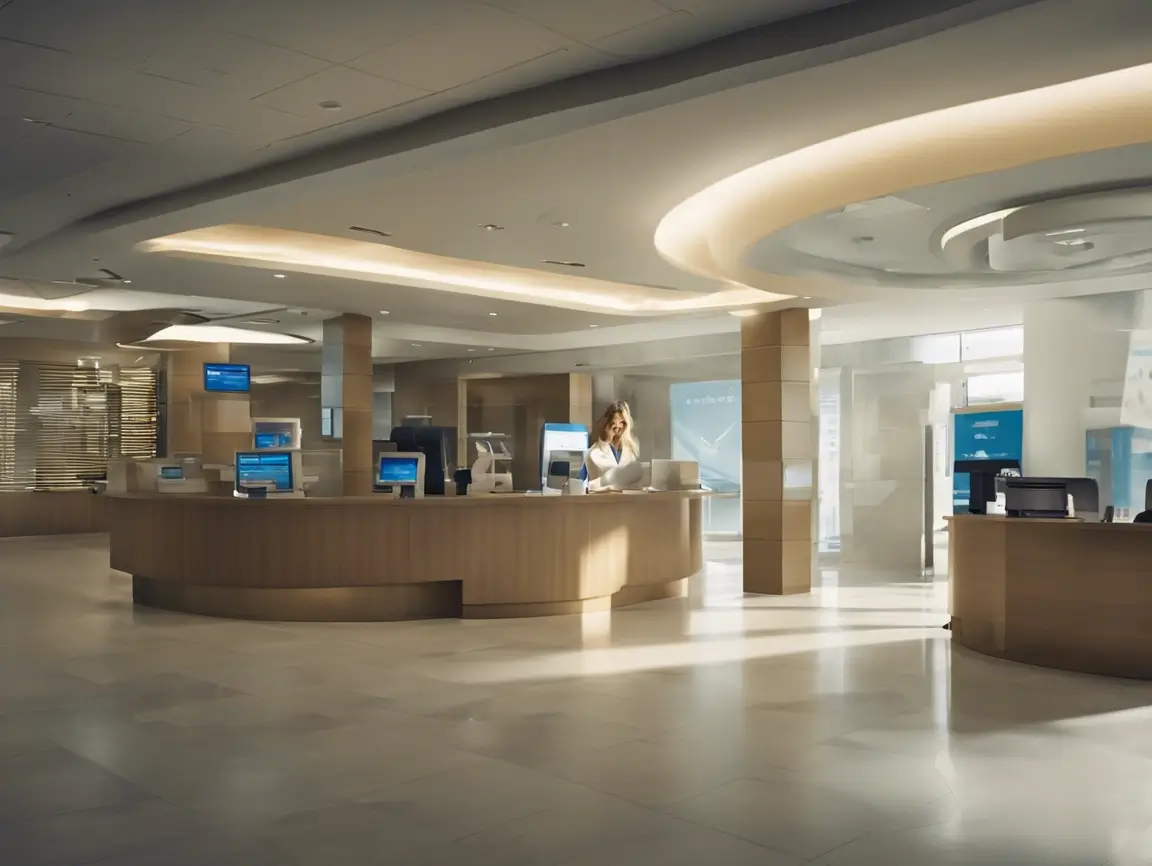In the world of business, understanding the concept of a lease is crucial for both companies and individuals. But what is a lease, and why is it so important?
Lease Definition and Meaning
A lease is a contractual agreement where one party, known as the lessor, grants another party, called the lessee, the right to use an asset for a specified period in exchange for periodic payments. This arrangement allows businesses to utilize assets without the need for large capital expenditures, thereby preserving cash flow and providing flexibility.
The lease meaning extends beyond just real estate. It encompasses various assets such as vehicles, machinery, and even technology equipment. The lease definition can vary slightly depending on the asset type, but the core principle remains the same: temporary use in exchange for payment.
Types of Leases
There are primarily two types of leases: operating leases and finance leases.
- Operating Lease: Typically shorter-term, where the lessor retains ownership of the asset. The lessee uses the asset without the intention of ownership.
- Finance Lease: Longer-term and often used when the lessee intends to eventually own the asset. The lessee assumes many of the risks and rewards of ownership.
Benefits of Leasing
Leasing offers numerous advantages:
- Cost Efficiency: Leasing can be more cost-effective than purchasing, especially for assets that depreciate quickly or require frequent upgrades.
- Flexibility: Leases provide flexibility to upgrade or change assets as business needs evolve.
- Tax Benefits: Lease payments can often be deducted as business expenses, providing potential tax advantages.
- Preservation of Capital: Leasing allows businesses to conserve capital for other critical investments or operational needs.
Understanding what is a lease and its implications can significantly impact a business’s financial strategy. By leveraging leases effectively, companies can optimize their asset management and maintain a competitive edge in their respective industries.






